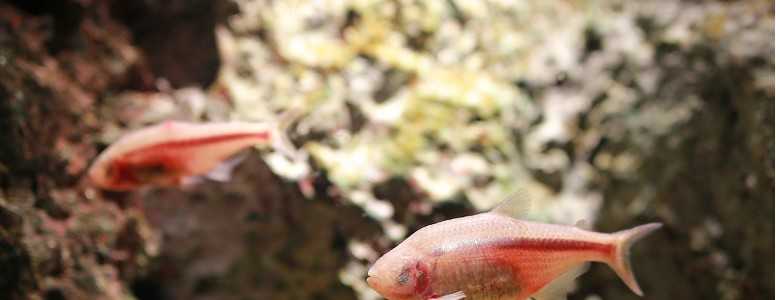A species of fish in Mexico could help researchers understand more about type 2 diabetes, a new discovery reveals.
The Mexican tetra, also known as blind cavefish, experience insulin resistance and often have high blood sugar levels, the characteristic signs of type 2 diabetes.
Interestingly, the freshwater fish seem to have the same genetic mutation found in people who have advanced type 2 diabetes, but they are healthy, a finding that stunned researchers involved in the study.
The tetra did not display any evidence of certain complications that high blood sugar levels normally cause in humans, such as nerve and blood vessel damage.
Ariel Aspiras, co-first author and a graduate student in the lab of Cliff Tabin at Harvard Medical School, said their discovery had “kind of blew my mind”.
He added: “Glucose dysregulation usually causes a whole slew of problems, but it doesn’t in the fish. It actually appears to benefit them.”
The researchers now want to look at whether the fish have other genetic mutations which might explain why their health is not negatively impacted.
Co-senior author Nicolas Rohner, a former postdoctoral fellow in the Tabin lab who is now an assistant investigator at the Stowers Institute for Medical Research in Kansas City, Missouri, and an assistant professor at the University of Kansas Medical Center, said: “Giraffes have high blood pressure so blood can reach up their long necks, and seals develop extremely high blood-sugar levels, but almost nobody looks at these natural strategies.
“We don’t know if studying the fish will directly help us, but evolution has tried a lot of gene variants over millions of years and I think that’s smarter than anything we can come up with, even with machine learning. I think it would be silly not to look.”
The findings have been published in the Nature journal.
What's new on the forum? ⭐️
Get our free newsletters
Stay up to date with the latest news, research and breakthroughs.



